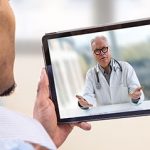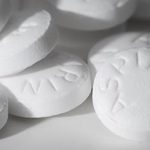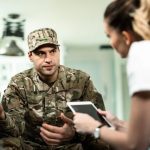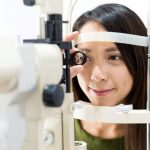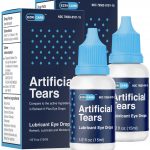
U.S. health officials are investigating whether a specific brand of over-the-counter eyedrops are behind one death and dozens of bacterial infections in several states. The infections have not been traced to preservative-free EzriCare Artificial Tears, but a majority of people who became ill reported using the drops, the U.S. Centers for Disease Control and Prevention said in a statement. The agency found the bacteria in bottles of the eyedrops, and it’s now testing to see if the strain found in the eyedrop bottles matches that found in patients. CDC officials recommended that “patients immediately discontinue the use of EzriCare Artificial Tears until the epidemiological investigation and laboratory analyses are complete.” At least 50 people in 11 states have been infected with the bacterium Pseudomonas aeruginosa, which is resistant to most antibiotics. One of those infected died after the bacterium entered the patient’s bloodstream. “That’s what’s so concerning,” Dr. Jill Weatherhead, an assistant professor of tropical medicine and infectious diseases at the Baylor College of Medicine in Houston, told NBC News. “Our standard treatments are no longer available” to treat this infection. In 11 cases, people developed eye infections. Three were blinded in one eye. Some of those infected had respiratory or urinary tract infections. P. aeruginosa infections typically happen in hospital settings in people with weakened immune systems, though the bacteria can be found in… read on > read on >










